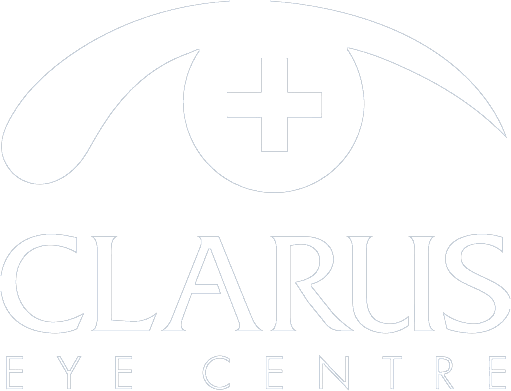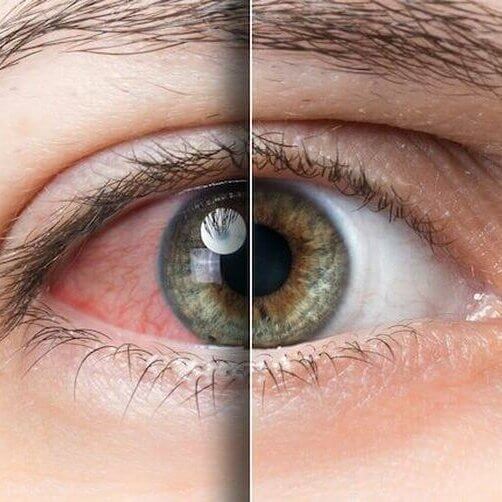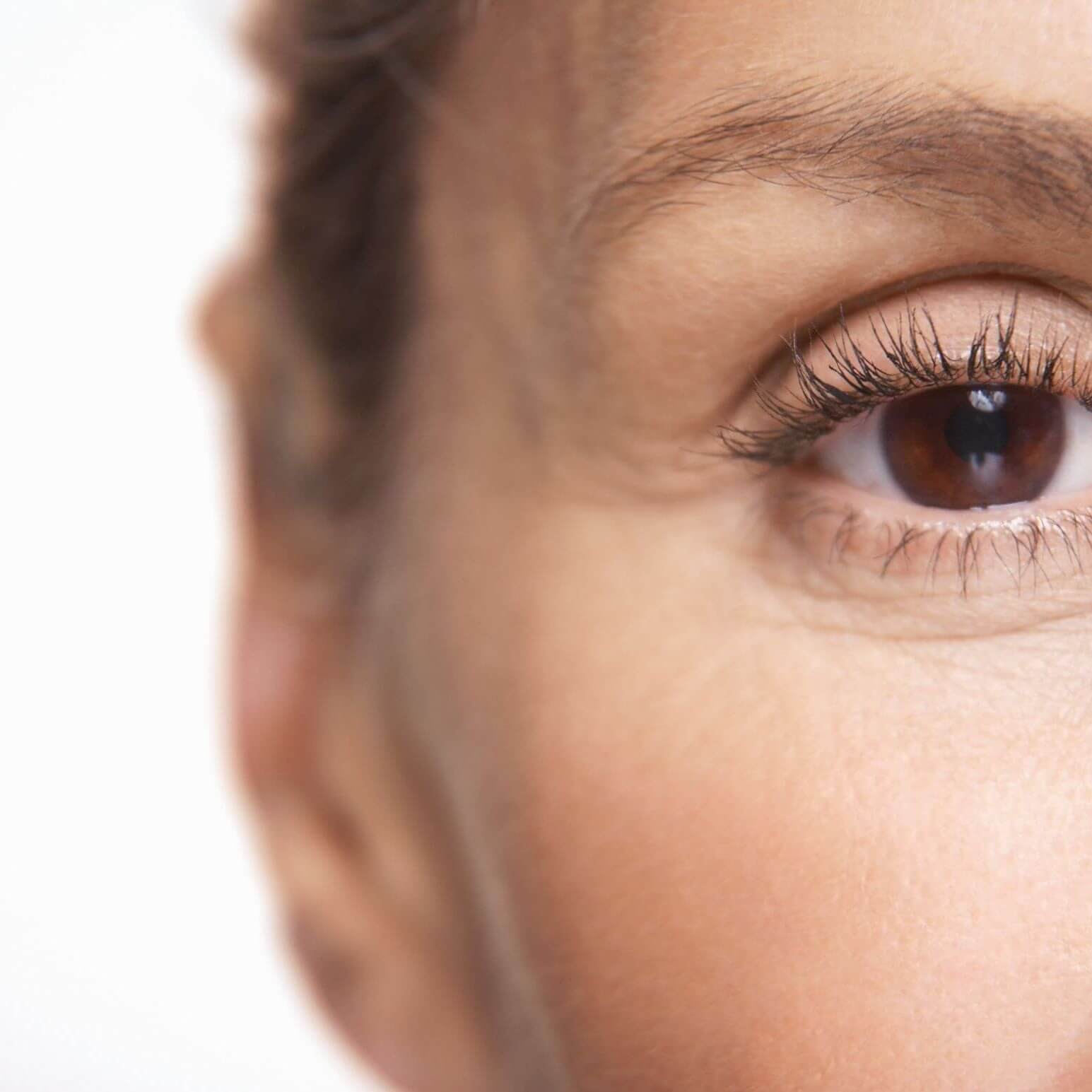What is chronic dry eye disease?
Dry eye disease affects the surface of the eye and results in a loss of the normal balance of things that keep your eyes comfortable and clear.
Tears spread across the cornea or the surface of the eye with every blink. The amount and quality of one’s tears are essential for one’s eyes.
At the surface of the eyes, there are many parts that work together in harmony. For example, there are muscles, nerves, glands, tear ducts, and connective tissue, that all play their role in keeping the eyes moist.
Dry eye disease occurs usually when one of these factors is out of balance. This actually causes imbalance to other factors, perpetuating the cycle of dry eye disease.
The risk of developing dry eye disease increases with age. Women are more likely to develop the condition compared with men. However, dry eye disease is becoming increasingly common in younger people with more device use like smartphones, laptops, and tablets than ever before.
Increasing device and smartphone use has made dry eyes more prominent than ever before.
According to research, over 16 million Americans have dry eyes. However, this number may be significantly higher.
Those who develop the disease can experience problems with daily activities like reading, watching television, using the computer and mobile phones, dealing with work, and driving.
Call to schedule your appointment for dry eye diagnosis & treatment
Dry Eye Diagnosis & Treatment Options
- Artificial tears are the most common dry eye treatment. Artificial tears lubricate the eye and help maintain moisture on the outer surface of the eye. They are available over the counter without a prescription and can be used throughout the day.
- Sterile ointments can be used while you sleep to help prevent the eye from drying. Because ointments are thicker, this type of dry eye treatment is not ideal for all-day use.
- Some treatments focus on environment and exposure. Using humidifiers, wearing wrap-around glasses when outdoors, and avoiding windy and dry conditions may bring relief.
- In special cases, your eye doctor may recommend temporary or permanent closure of the tear drain. The tear drain is the small opening at the inner corner of the eyelids where tears drain from the eye. This type of extreme dry eye treatment may be helpful for severe cases of dry eye.
- Some people may find relief by supplementing their diets with omega-3 fatty acids, which are found naturally in foods like oily fish (salmon, sardines, anchovies) and flax seeds. Ask your ophthalmologist before you incorporate oral supplements of omega-3 fatty acids into your regimen.
If your extreme dry eye treatment fails, your ophthalmologist may suggest a prescription medication. One such medication, cyclosporine (Restasis®), works by stimulating tear production and reducing inflammation. Steroid eye drops may also be used but are generally not recommended for the long-term treatment of chronic dry eye.



